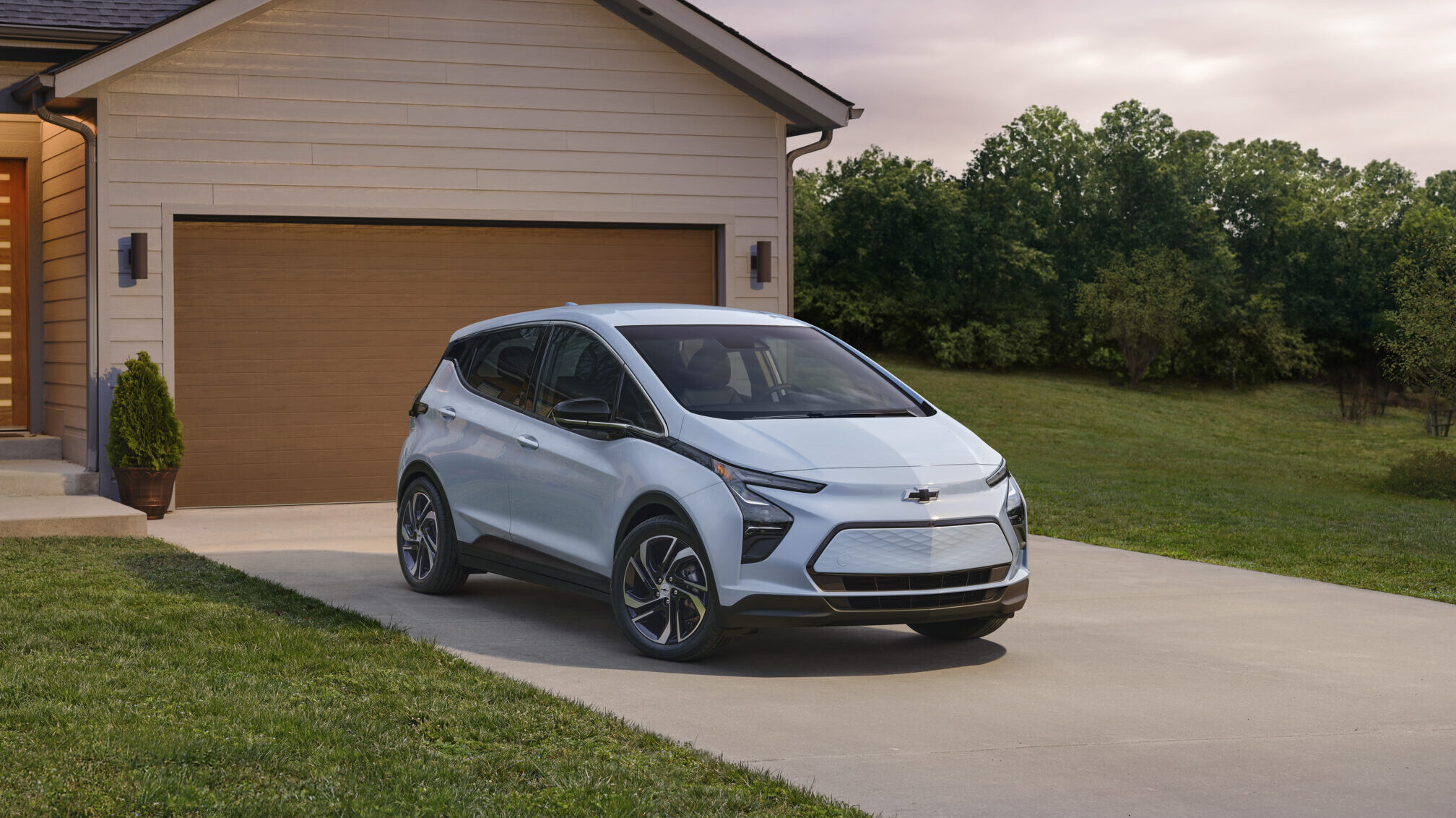

EVs are starting to take up a noticeable share of the car market. Even with challenges surrounding charging infrastructure, parts shortages, and plenty of rhetoric around the usable range of battery EVs, these cars have officially topped six percent of all US car sales and are only looking to ramp up in sales from here.
CleanTechnica reports that the majority of sales volume came from Tesla vehicles, with a few interesting newcomers. The Ford Mustang Mach-E, on sale for almost two years now, outsold the aging Tesla Model S by about 1,000 units, with 10,414 Mach-Es sold in Q3. Just below the Model S is the Volkswagen ID.4 at 6,657 units. The venerable and affordable Chevrolet Bolt EV was the third best-selling EV in Q3 with 14,709 sold.

The rest of the list is made up of a lot of newcomers to the segment. The Hyundai Ioniq 5 and Kia EV6 platform-mates are within 200 cars of each other in sales, and Rivian has managed to sell 6,584 R1T trucks in Q3 alone, about half of its 12,278 deliveries in 2022 so far. Right on the heels of Rivian, the Ford F-150 Lightning just about matches its sales with 6,464 trucks on its sales debut. Finally, the Ford E-Transit rounds out the higher-volume EVs with 3,861 vans sold.
The rest of the list is made up of newcomers and luxury cars. The BMW iX, Audi e-tron, and Mercedes EQS sedan all sold around 1,700 units each, followed by the Volvo XC40 Recharge and C40 Recharge at 1,421. In an interesting twist, the Porsche Taycan and Lucid Air outsold the much cheaper but aging Nissan Leaf. Rounding off the list, the Hummer EV sold just 411 units, while the Cadillac Lyriq sold 36. The report says that the Toyota bZ4X sold zero, but the data might not be up to date.
EV sales numbers have been steadily increasing since Q3 of 2020, where they occupied 2.2 percent of all US auto sales. Since then, it’s been a steady rise to the 6.1 percent we see today. With supply chain woes finally starting to ease up, but not disappear, all signs point towards seeing a lot more EVs on the road in the very near term.
Got a tip? Email tips@thedrive.com